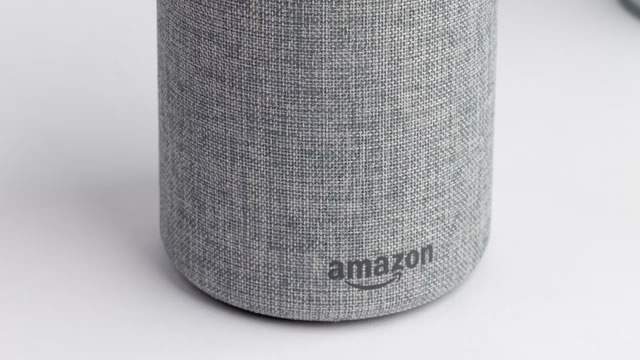Amazon might be expecting a soft Q1. Here’s how you can tell: They didn’t want to talk about it.
Officially the company used its Q4 earnings call to issue a warning about the current quarter, saying that its result will be “subject to substantial uncertainty.” The sources of that uncertainty ranged from foreign exchange fluctuations to inflation, recession and soft consumer demand.
And the earnings release raised an unthinkable possibility for Amazon: a drop in operating income year over year. If the operating income from Q1 comes in on the low side of its $14 to $18 billion estimate, it could come in below the $15.3 billion logged in Q1 2024.
Not that there weren’t positive developments to discuss for Amazon executives Andy Jassy (CEO) and Brian Olsavsky (CFO). For Q4 the company saw growth across all segments, including a 10% increase in net sales to $187.8 billion compared to $170 billion in 2023. AWS sales saw a particularly strong 19% year-over-year increase, contributing to a substantial rise in overall operating and net income.
The earnings release also highlights achievements in various sectors, such as record-breaking holiday sales, expanded same-day delivery, and significant advancements in AWS’ artificial intelligence (AI) and cloud computing offerings. Operating income rose significantly to $21.2 billion, up from $13.2 billion.
However, the earnings announcement and subsequent analyst call were absent some of the issues that could be expected to be in the company’s short-term vision. Among them: Amazon Pharmacy expansion, a new version of Alexa expected by the end of February, details on low-priced recent addition Amazon Haul and the prospects of Amazon’s physical retail interests.
Instead the call was decidedly tech-heavy, focused mostly on AWS results and new AWS capabilities. AI made it onto the agenda early and often, with Jassy spending a chunk of time on the company’s development of the Tranium 2 AI chip. Those chips are now being used by one of Amazon’s main development partners, Anthropic.
Jassy defended the AI capex number of $26 billion for Q4, which he said could be expected to be consistent through the year and would be dedicated to developing AI capabilities for AWS. He called AI “the biggest opportunity since cloud and probably the biggest technology shift and opportunity in business since the internet.”
“For those of us who are building frontier models, we’re all working on the same types of things, and we’re all learning from one another,” Jassy said in answer to a question about his impressions of Deep Seek.
“I think you have seen and will continue to see a lot of leapfrogging between us. There is a lot of innovation to come. And if you run a business like AWS you have a core belief like we do that, virtually, all the big, generative AI apps will use multiple model types. Different customers will use different models for different types of workloads.”
Jassy also connected GenAI to its various eCommerce sites, and said he expected competition for Rufus, Amazon’s shopping AI agent. “Most retailers will have their own terms in which they will interact with agents, and we’ll be no different that way. Rufus, if you take a look at it, impacts the customer experience. And if you actually use it month to month, it continues to get better and better.”
Other highlights of the Amazon earnings announcement:
- Jassy discussed Amazon’s continued investment in robotics, noting that the company has already seen cost savings, productivity improvements, and safety improvements from robotics integration in its fulfillment network. He highlighted that the latest robotics initiatives have begun to hit production, with a comprehensive implementation in the Shreveport facility showing encouraging results in speed, productivity and cost to serve. These new robotics initiatives are planned for expansion to other facilities, both new and retrofitted. Jassy emphasized that this is an ongoing, multiyear effort, with future waves of robotics innovations in development to further improve productivity, cost, and safety across the fulfillment network. He also noted that the brains of many of their robots use generative AI.
- Jassy commented on the importance of delivery speed, noting that Amazon carefully measures conversion rates of product detail pages with faster delivery promises versus slower ones. He also stated that they monitor customer behavior after a purchase with a fast delivery promise to track what they buy throughout the year. According to Jassy, Amazon has not seen diminishing returns in its ability to improve delivery speed. While some customers may choose slower delivery options, customers tend to buy more frequently when faster delivery is available. Jassy highlighted the impact of faster delivery on everyday essential purchases and the pharmacy business, with same-day delivery options increasing customer usage.
Recommended
Financial Market Newsflash
No financial news published today. Check back later.









